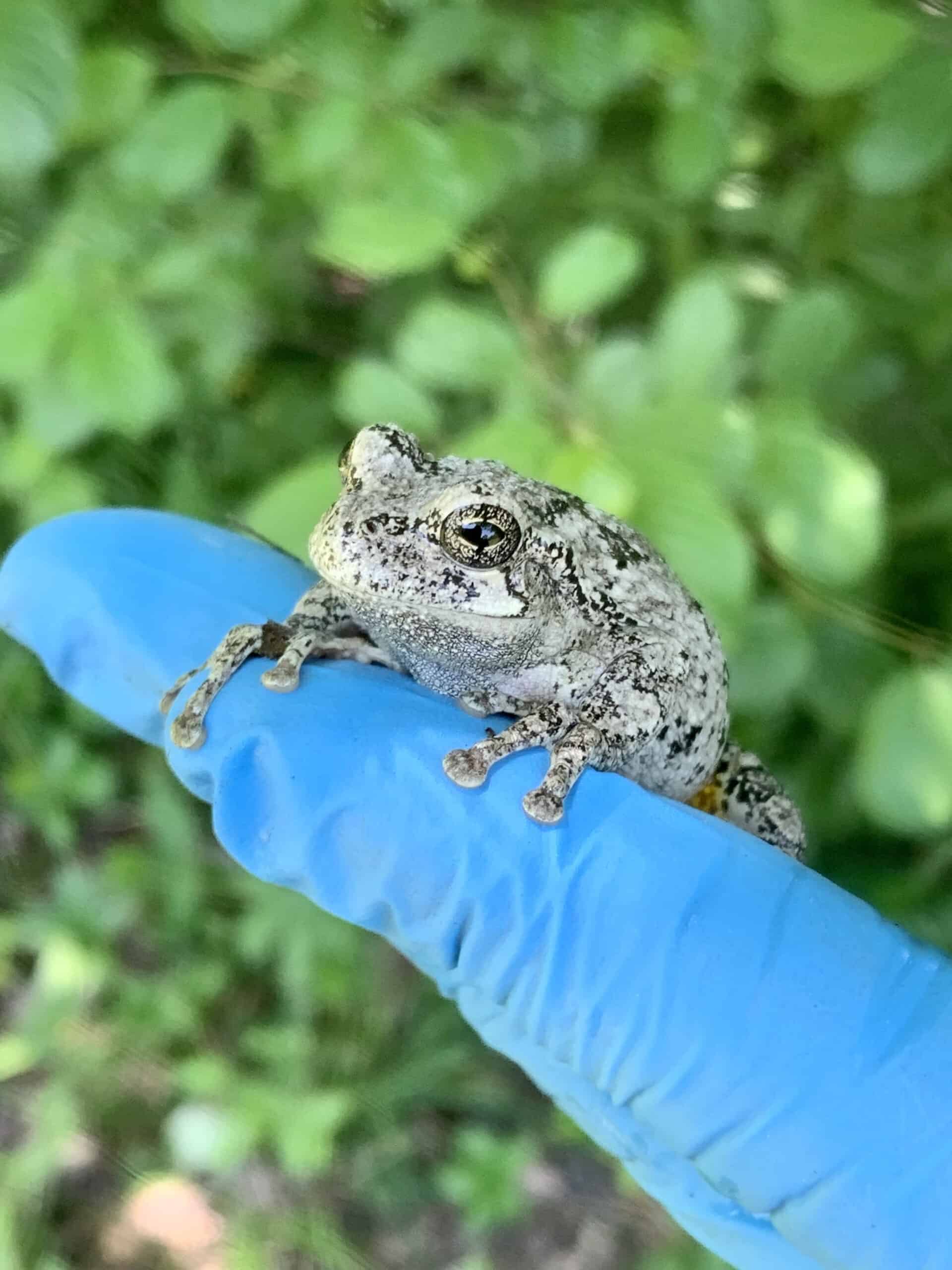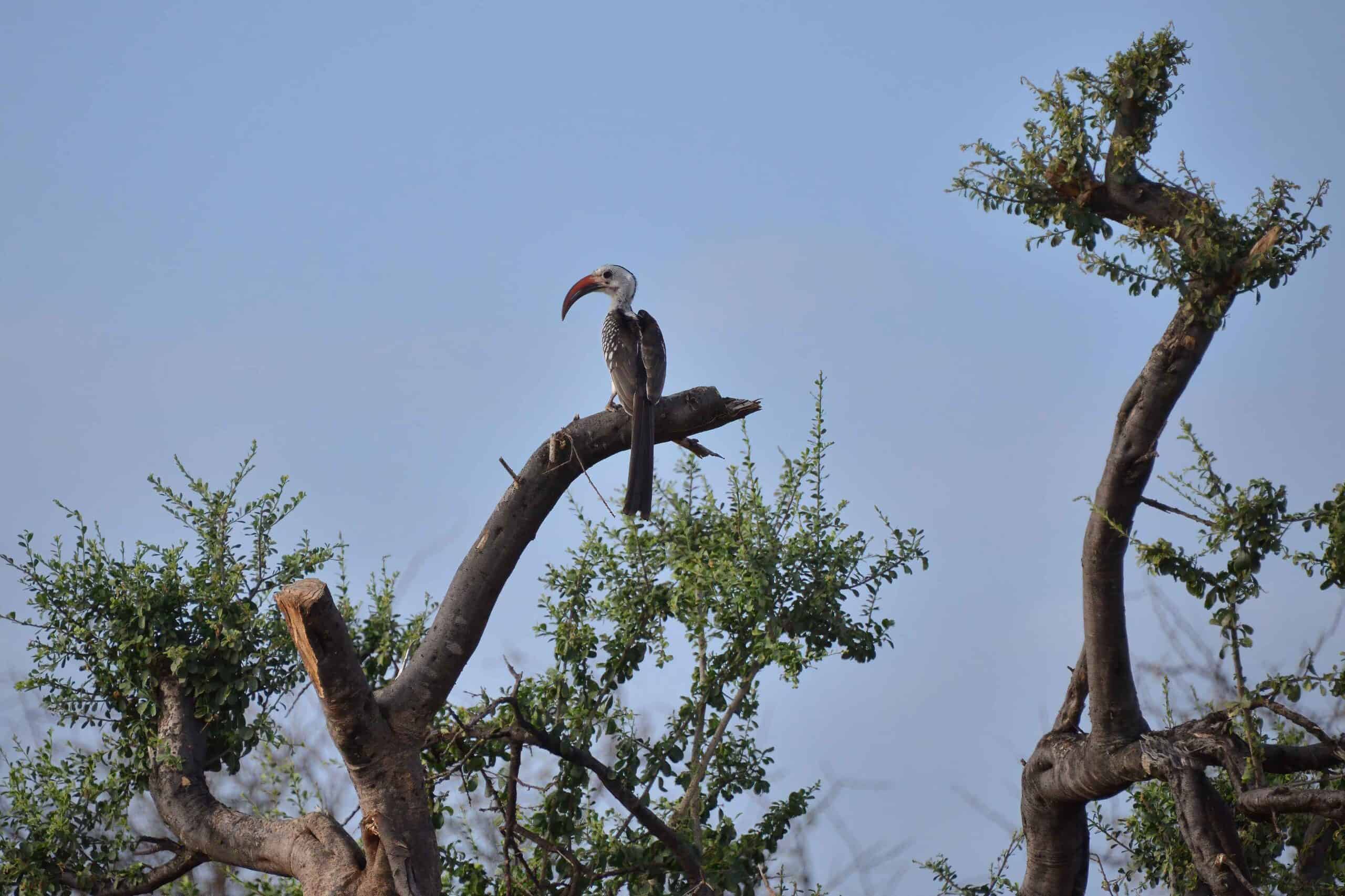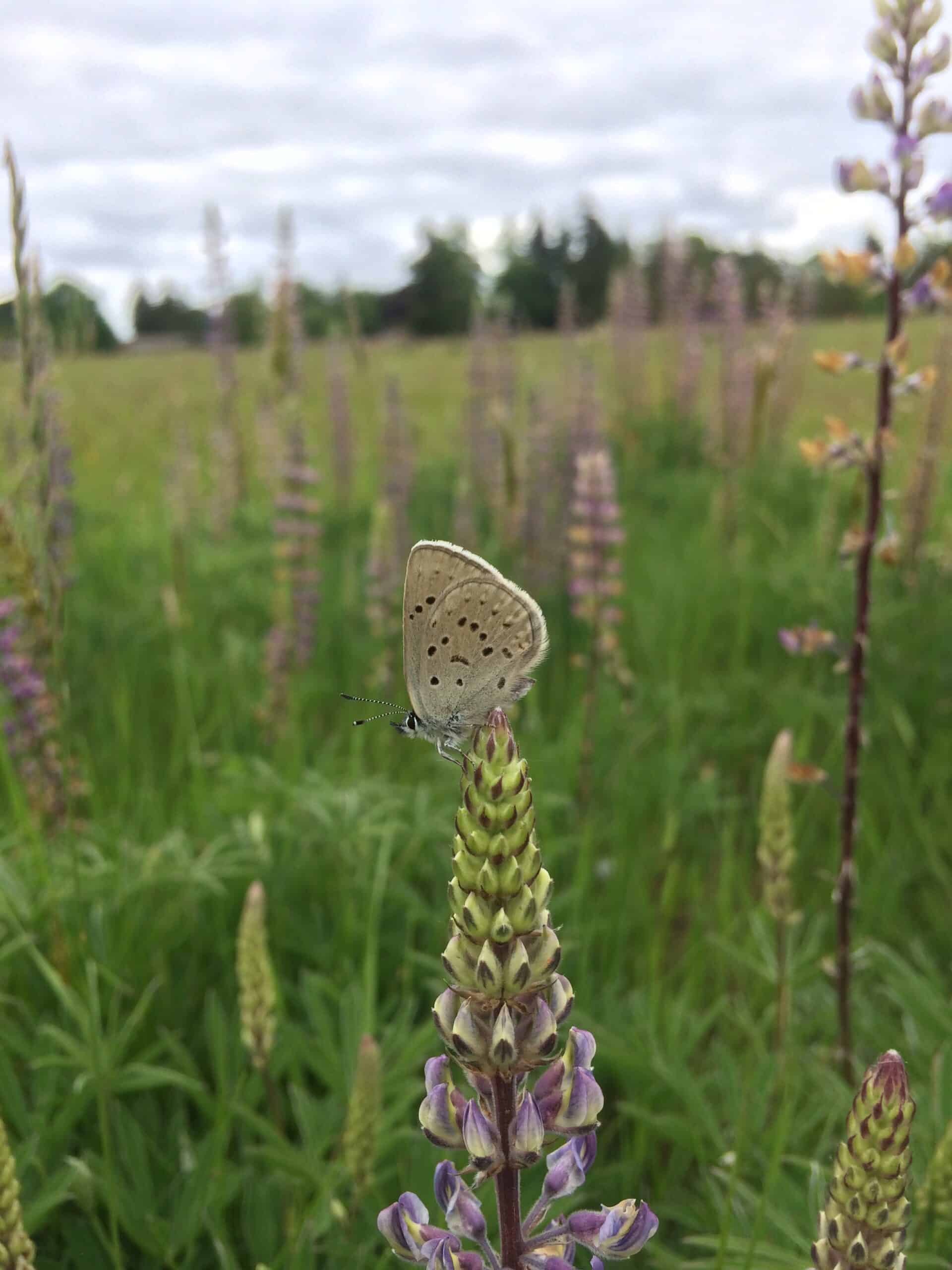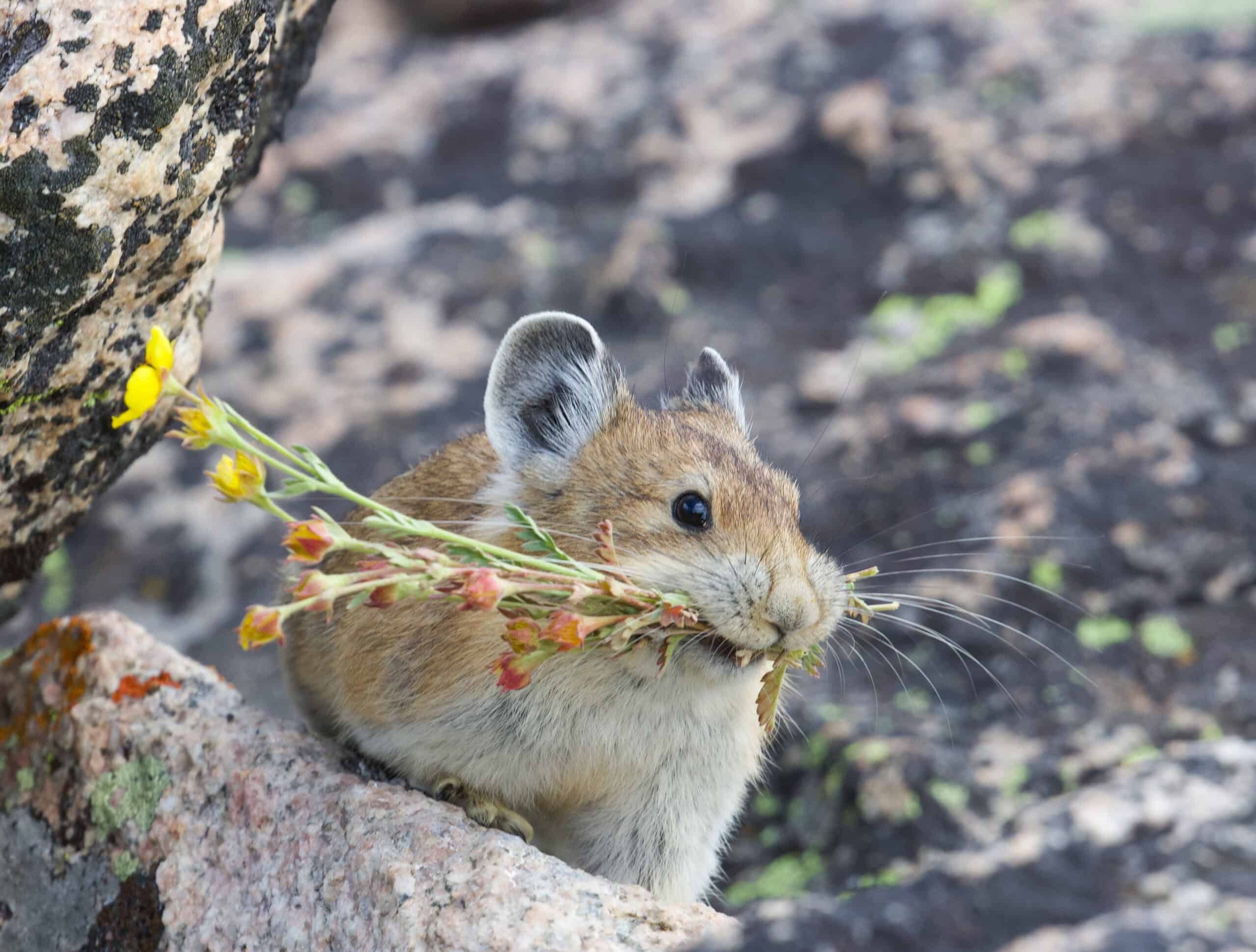
Modeling American pika distribution based on what they leave behind
A model taking into account past evidence of pika presence can inform how they’ll perform amidst climate change
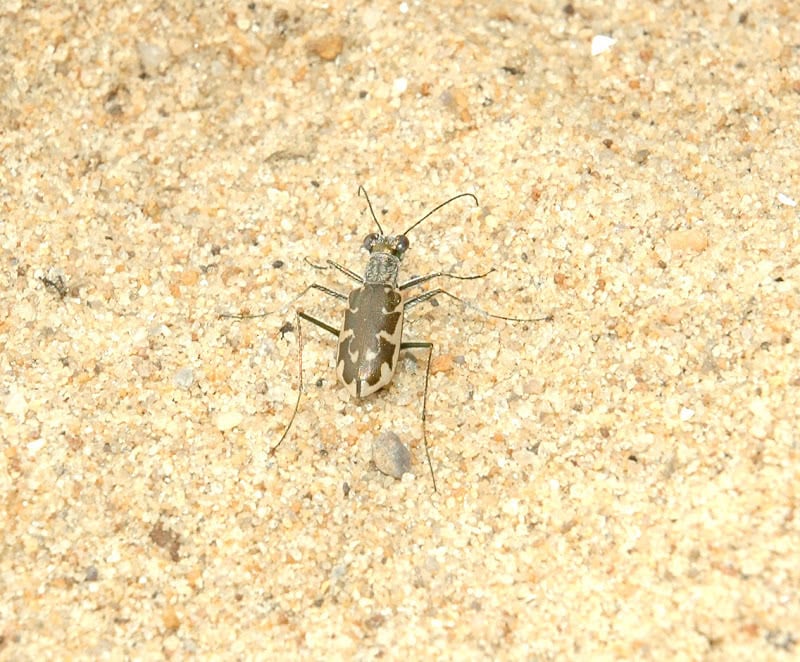
Chesapeake Bay will gain new wildlife refuge
Up to 40,000 acres will be protected in the conservation area
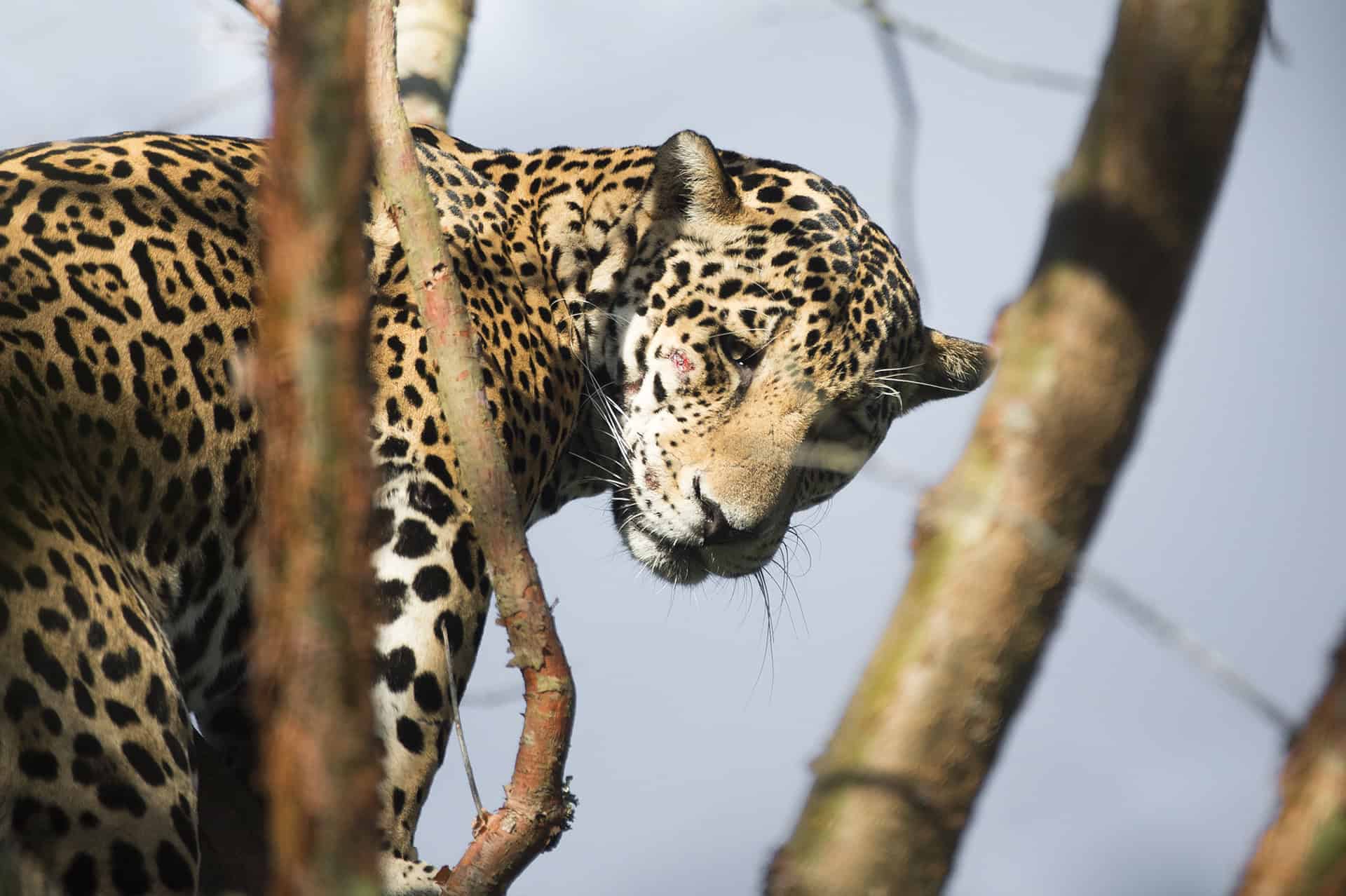
Our favorite wildlife stories of 2024
Detection dogs detecting CWD, mountain lions adjusting to recreation and jaguars preying on livestock are among our top picks

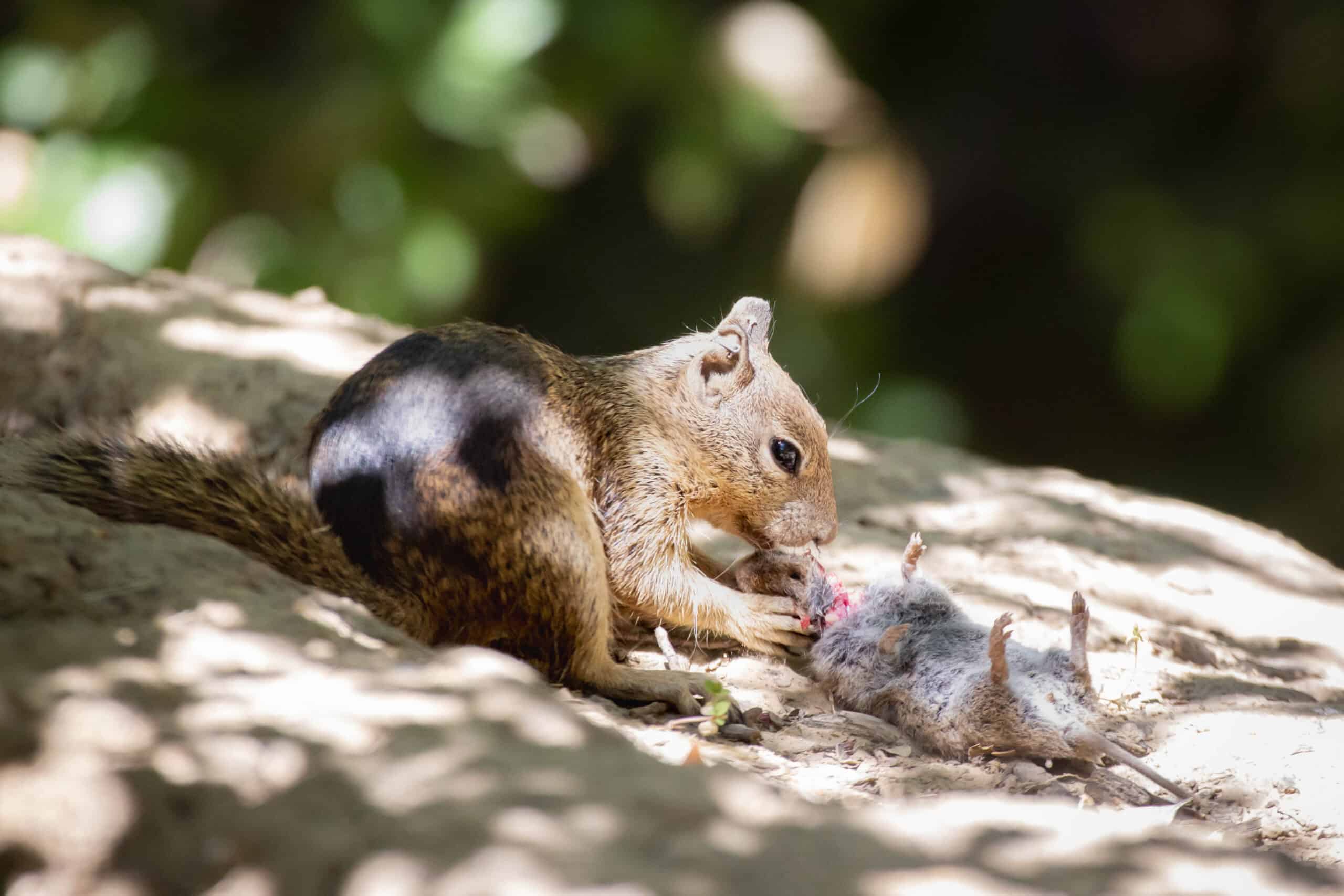
Squirrels feast on…voles?
Scientists had only known them to eat nuts, seeds or grains

Bass Pro partnership brings students to TWS conference
Financial support from Bass Pro Shops and other supporters helped send students and early-career professionals to the 2024 annual conference
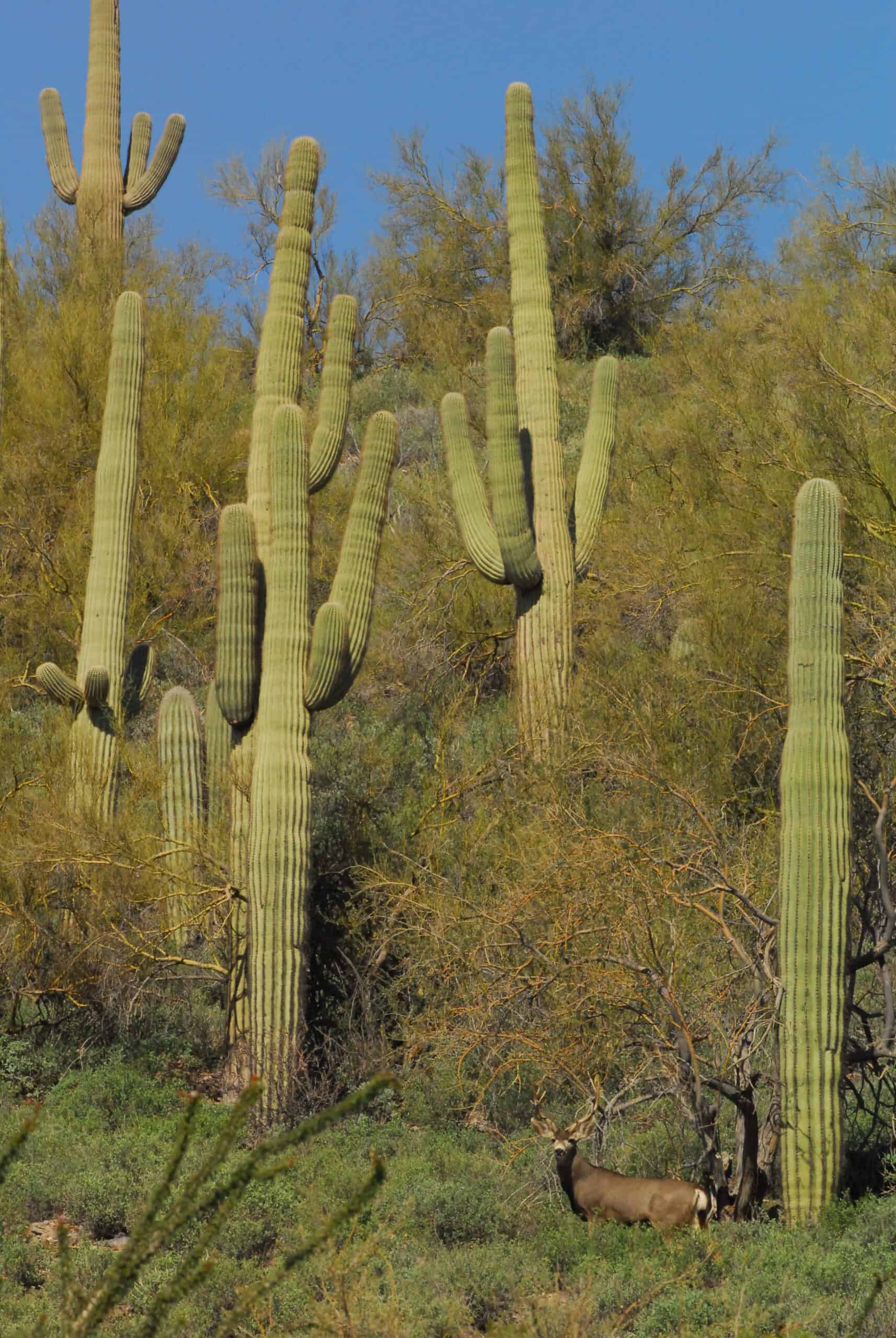
The Jan/Feb issue of The Wildlife Professional
Changes in the desert challenge hardy species

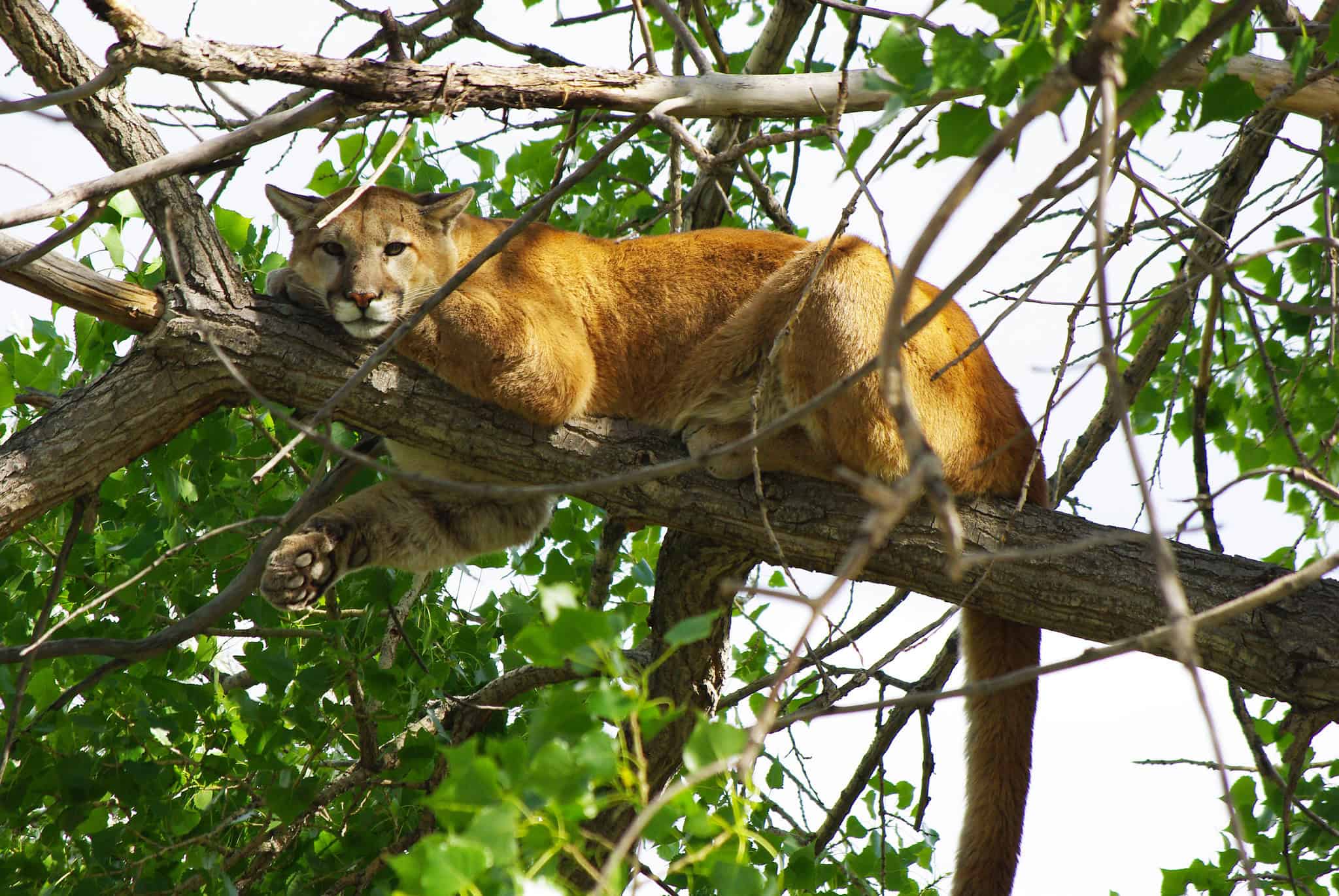
Wondering what wildlifers are reading?
Take a look back at the most read articles from TWS journals in 2024
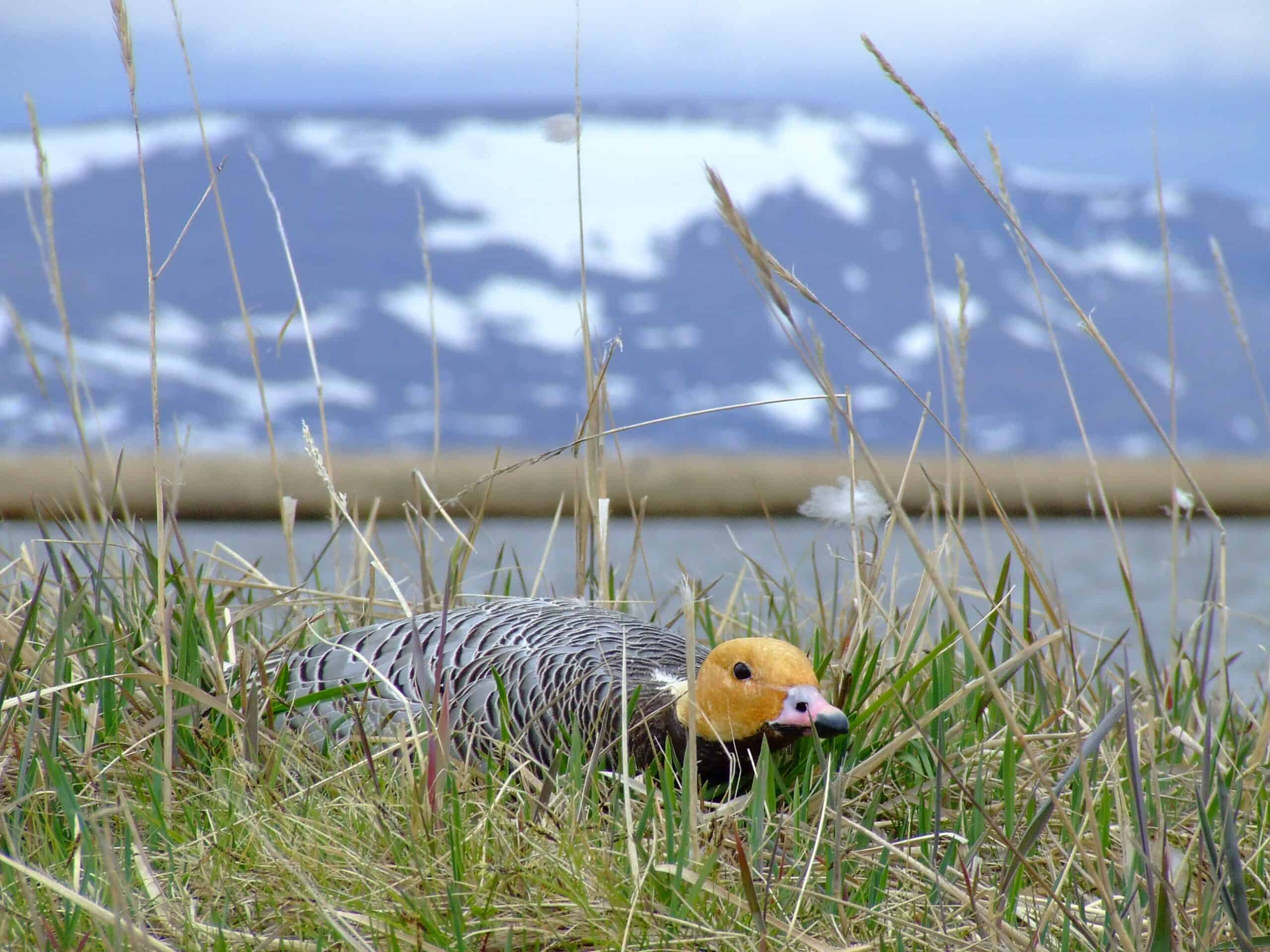
U.S. Senate passes the America’s Conservation Enhancement Reauthorization Act
The bill will reauthorize several key federal conservation programs through 2030
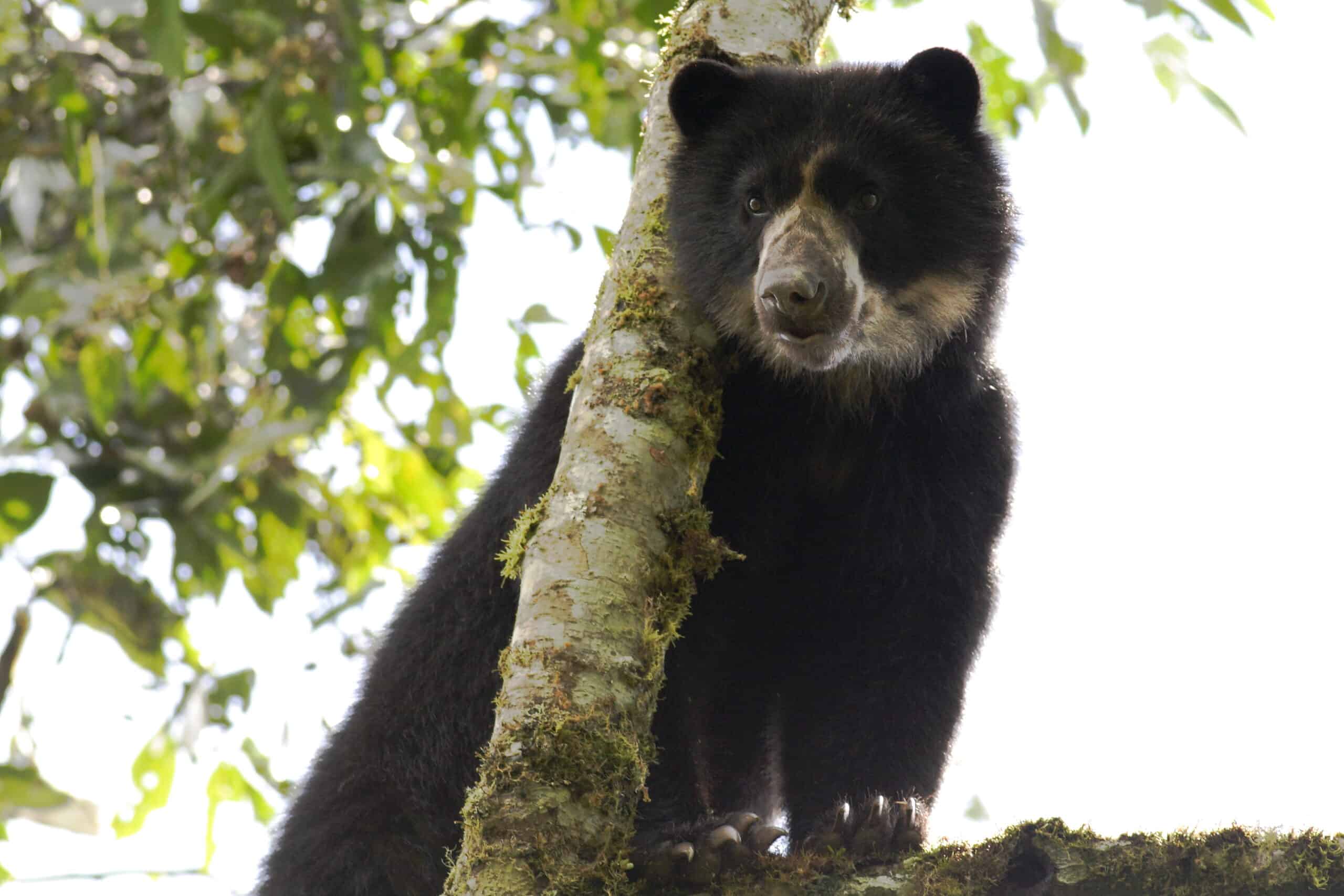
High-altitude grasslands are key to conserving Andean bears
Managers should also take into consideration when livestock foraged in these areas





